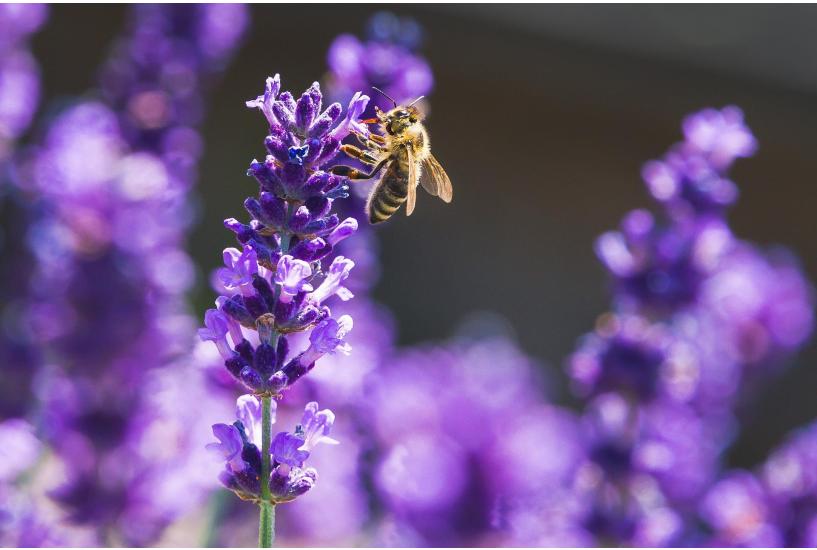Essential Oils in Context
by Heather Dawn Godfrey, PGCE, BSc, author of Healing with Essential Oils, Essential Oils for Mindfulness and Meditation, and Essential Oils for the Whole Body
Life is precious, a gift. Nature is a beautiful expression of this gift. The awe and wonder we experience when we observe a golden red sunset kissing the clouds, a harvest moon suspended in a velveteen starlit sky, or rainbow light reflected in drops of dew glistening in the grass touches and resonates within every cell of one’s body and in one’s whole being.
Everything in life and in nature is interconnected, like the glistening threads of a spiderweb. Our very first breath as we emerge from our mother’s womb fills our lungs with life-sustaining oxygen that in turn awakens our conscious experience of the sensual world into which we are born. We are breathed into life, and with each breath, it seems, we are gifted. Indeed, we are graced with many tools and gifts with which we traverse this life, and in turn we each have gifts to share with one another. And just like a magnificent sunset or a raging waterfall or a pollinating honeybee dancing from flower to flower, we each express and contribute our gifts in our own unique way.
Essential oils straddle the ethereal and the earthly, like a bridge, touching and connecting each shoreline, reassuringly reminding us that one is never far from the other. Observing their scents, we are drawn into the moment, our senses awakened. Essential oils possess qualities that are physically protective and restorative, and emotionally grounding and uplifting. Their molecules act as chemical messengers between the cells in plants and plant-consuming animals, a process activated via various mechanisms that involve microscopic informational networks created by the microbiome, the energetic meridian channels, the circulatory systems, and the neural pathways. They instigate responses that defend and stave off intruders while they repair, rejuvenate, and replenish.
The rich, sweet scents of blossoms and flowers, for example, are attractive, aphrodisiac, and pleasing, even euphoric. The green scent of leaves is vitalizing. And the earthy scent of bark and roots is protective and grounding. Essential oil molecules radiate in a haze from the plant into the surrounding atmosphere in a way that protects the plant, aids its fertilization, and relays messages to other plants. They also support homeostasis and environmental harmony.
Marguerite Maury (1895–1968), a biochemist, naturopath, and homeopath, in her fascinating book The Secrets of Life and Youth, refers to nature as sovereign, and the plant as a living being with a specific energy potential. Essential oils, in this context, Maury asserts, are a vital force expressed from the very heart of the alchemy of creation. When they are absorbed, the body has “at its disposal a vital and living element to use for its own ends,” thus rejuvenating the organism, alerting the conscious mind, and enriching the entire being.
Born from nature as living beings with specific energy potential, we too are sovereign beings, our body a vessel housing our consciousness, embodying a vital force issuing from the heart of creation. Nature constantly invites us to be consciously alive and aware and present in each moment, while at the same time aiding our survival and our ability to thrive. The gratitude and appreciation we feel are expressions of reverence, which, as Dr. Zach Bush so eloquently states, is the ultimate vessel of love.
My new book Healing with Essential Oils complements my two previous books that explore the various qualities and virtues of essential oils. The first book, Essential Oils for Mindfulness and Meditation, describes how observation of scent immediately draws our attention to the moment while at the same time instigating a psycho-emotional response via the limbic system that aids focus and alertness and instills a sense of peace and calm in a way that supports meditation and relaxation. My second book, Essential Oils for the Whole Body, goes further, describing how essential oils are physically absorbed and excreted by the body and detailing their valuable characteristics and qualities, from ethereal to practical, with instructions on how to effectively blend essential oils together to create pleasing and effective therapeutic perfumes and remedies.
This new book, Healing with Essential Oils, dives even deeper, describing and contextualizing the journey of essential oils, from their creation within the plant to the “scentual” substance in the bottle. Comprehending the botanical context of a plant—i.e., the role its oil plays within the plant and within the plant’s immediate environment— reveals a great deal about the characteristic properties of an essential oil. You will discover how essential oils, once extracted from a plant, express their own unique traits. Essential oils can be used in many different contexts and in a variety of ways—a phenomenon of their versatility. In the pages of this new book (and in the other books too) you have at your disposal a valuable map that leads to these abundant plant treasures.
Healing with Essential Oils is structured in such a way as to explore the complete journey of essential oils, from plant to bottle:
✦ Chapter 1 explains what an essential oil is, how essential oils evolve, and where they are stored within the plant, including the various roles they play, from protecting the plant to aiding its propagation.
✦ Chapter 2, “Biodiversity, Botany, and Essential Oils,” takes a wider look at essential oil–bearing plants, their botanical species, habitats, and climatic environments, and explains how plants are identified, categorized, and named.
✦ Chapter 3, “Methods of Extraction,” explains how essential oils are removed from the plant and how this process formulates the volatile chemical essences we are familiar with.
✦ Chapter 4, “Introduction to Essential Oil Chemistry,” identifies the characteristic properties and qualities of the phytochemicals that comprise essential oils and explains how each chemical contributes to and influences their overall scent and therapeutic properties, with particular focus on their antimicrobial value.
✦ Chapter 5, “Using Essential Oils,” contextualizes the use of essential oils and their integrated remedial role as companions in a healthy lifestyle, and includes general advice about safe use and application. This chapter also explores the appropriate use of essential oils for children and the elderly and presents information about which oils are safe to use in this context.
✦ Chapter 6, which comprises the second half of this book, provides fifty-eight in-depth profiles of different essential oils. Each profile includes a description of the plant the essential oil is extracted from, the main chemical constituents comprising the oil, and its scent profile, subtle indications, and therapeutic applications— and much more.
The information contained in this book is derived from years of study, research, teaching, and experiential practice (both therapeutic and personal). However, by no means do I know all there is to know about essential oils; the adage “the more I learn, the more I realize how much I don’t know” is both humbling and at the same time an exciting truth. I find myself a perpetual traveler in this respect, learning all the time as I discover, and even rediscover, new terrains and landscapes as I journey forth. I trust that the knowledge contained in my books will inform and support you on your journey of discovery and wellness. ????
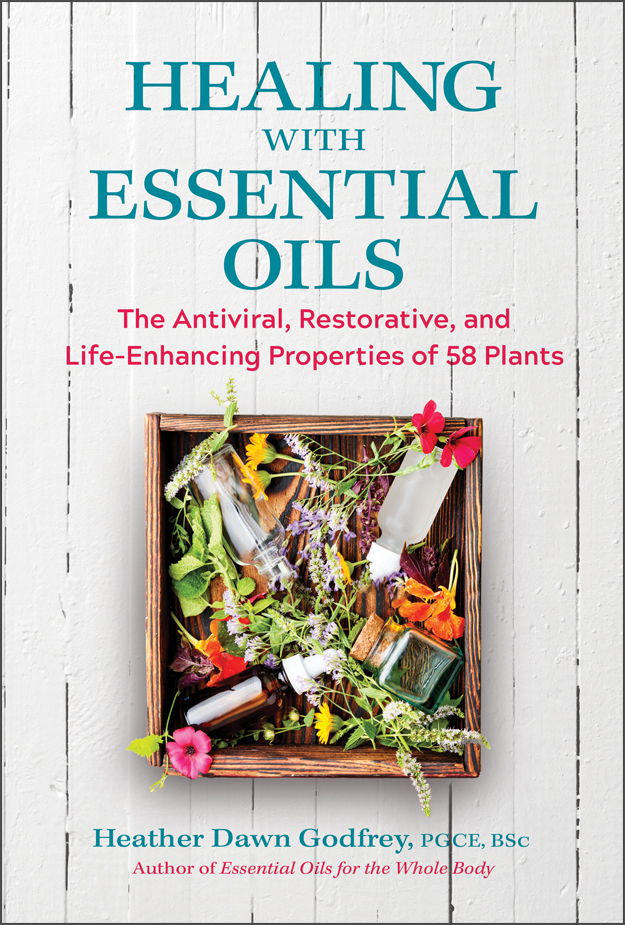 |
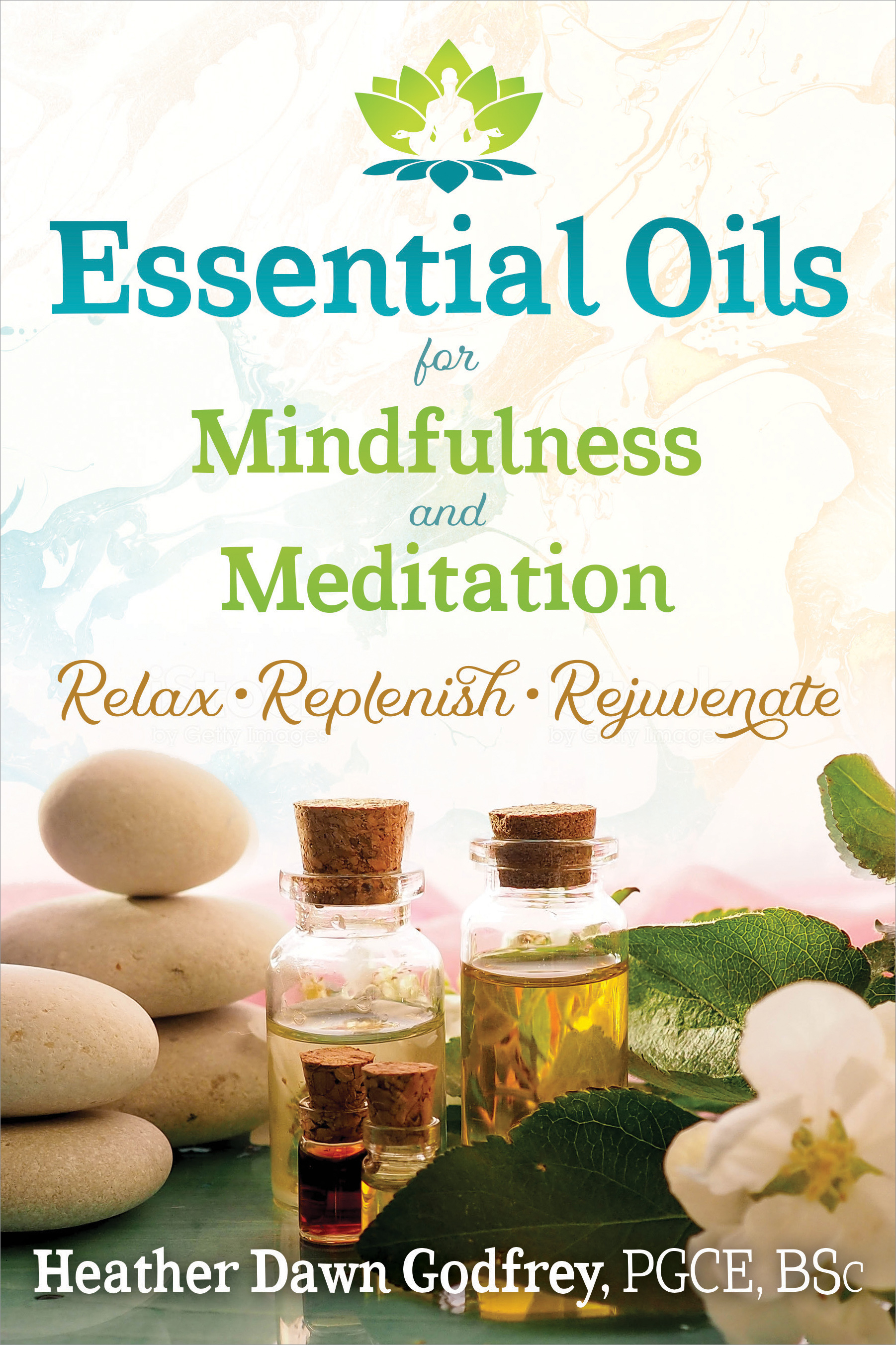 |
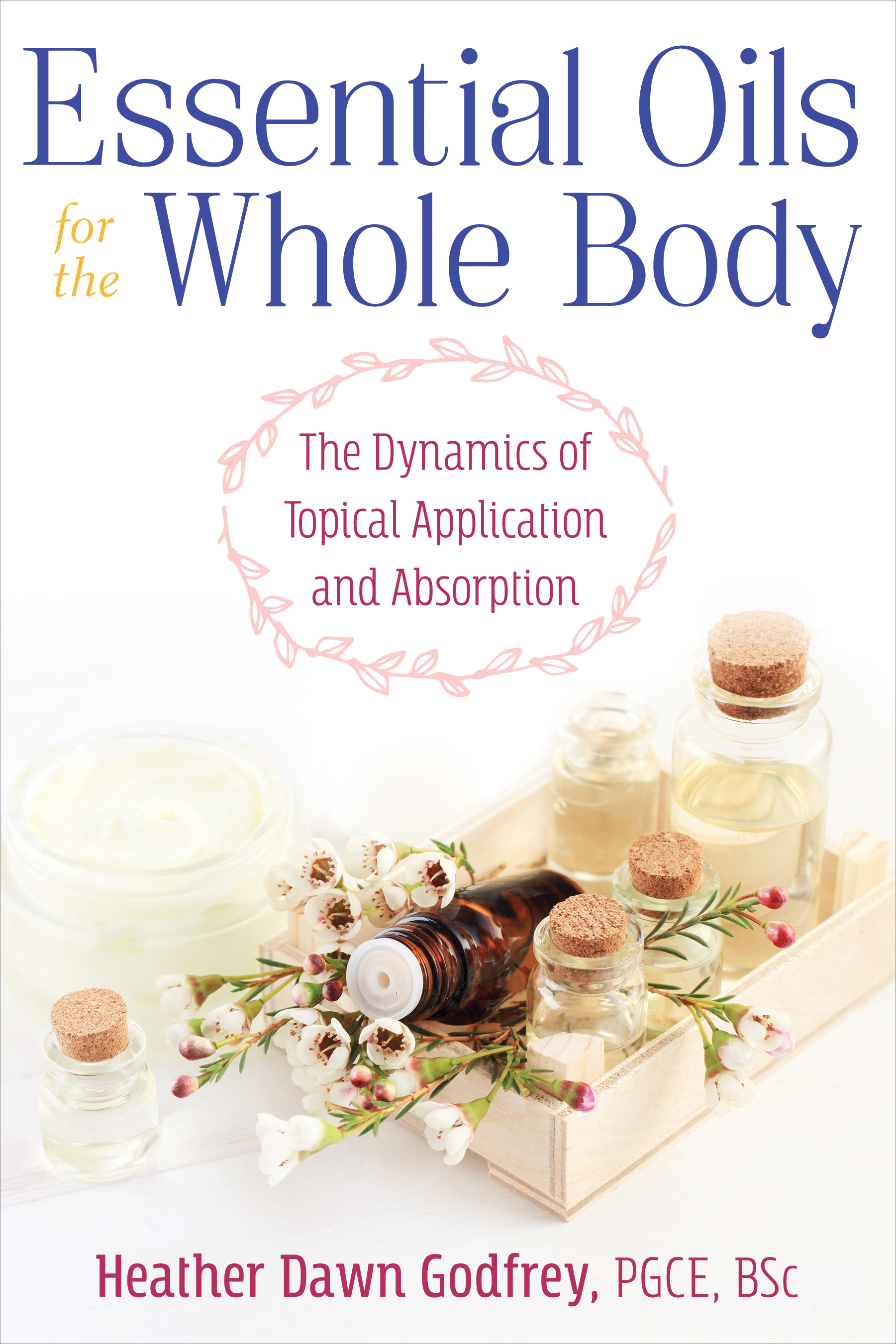 |
 |
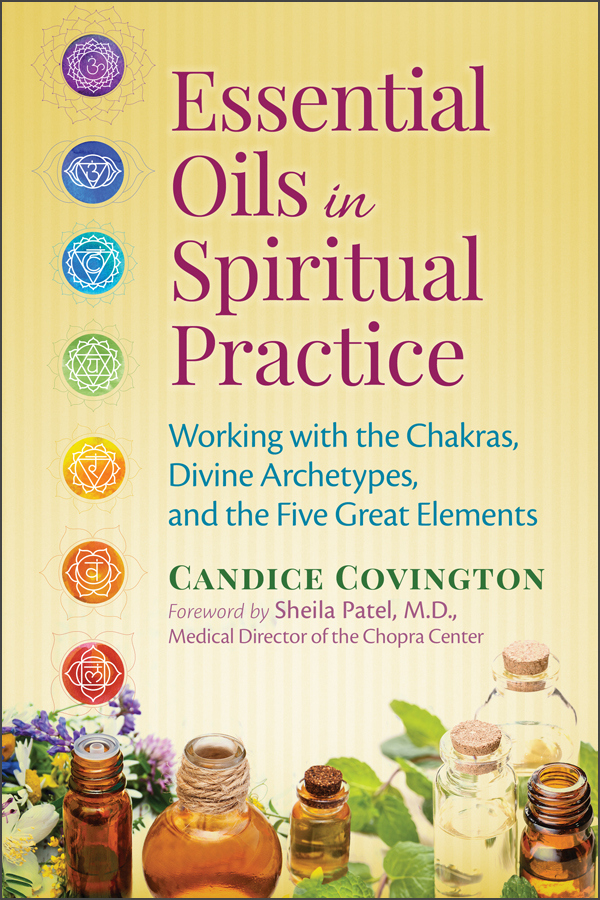 |
 |


